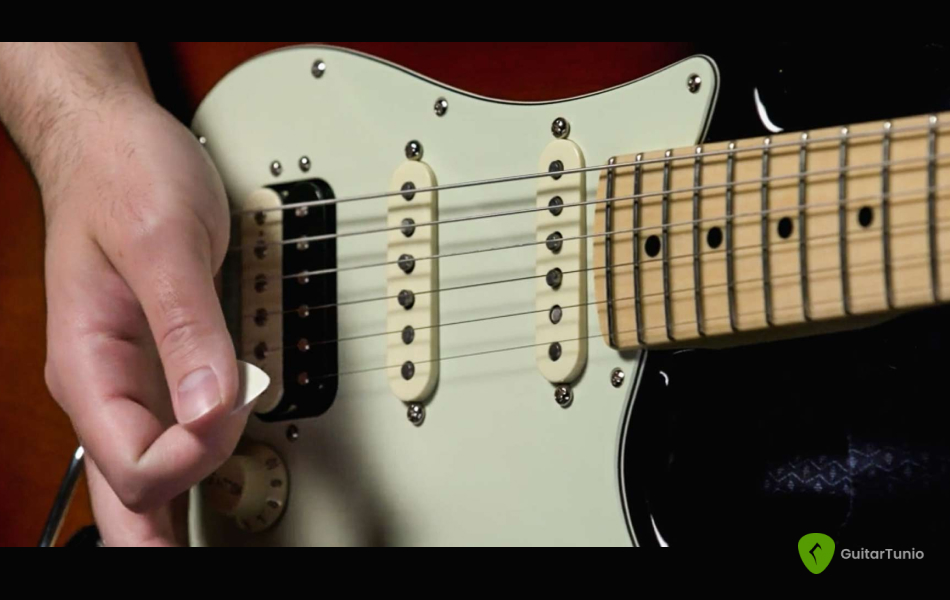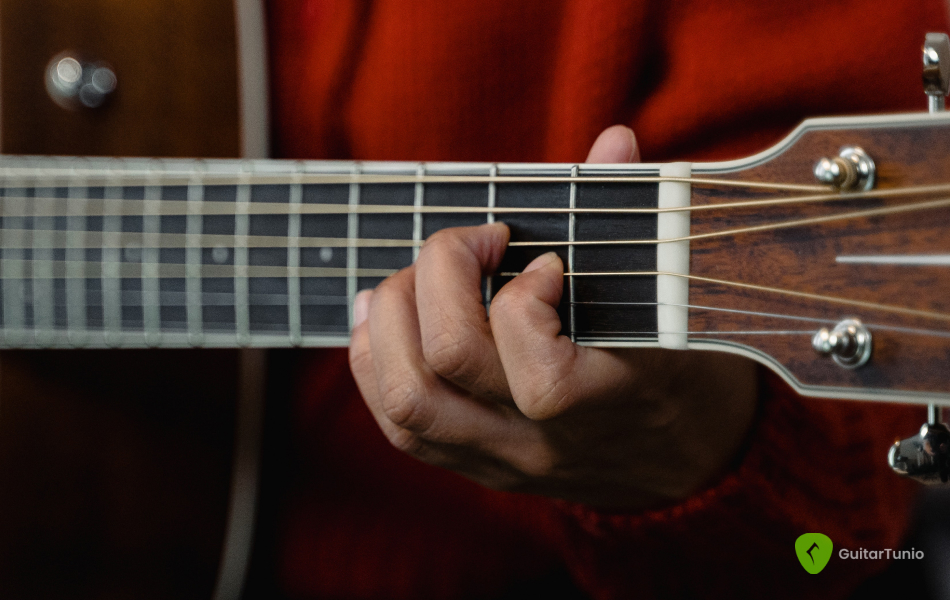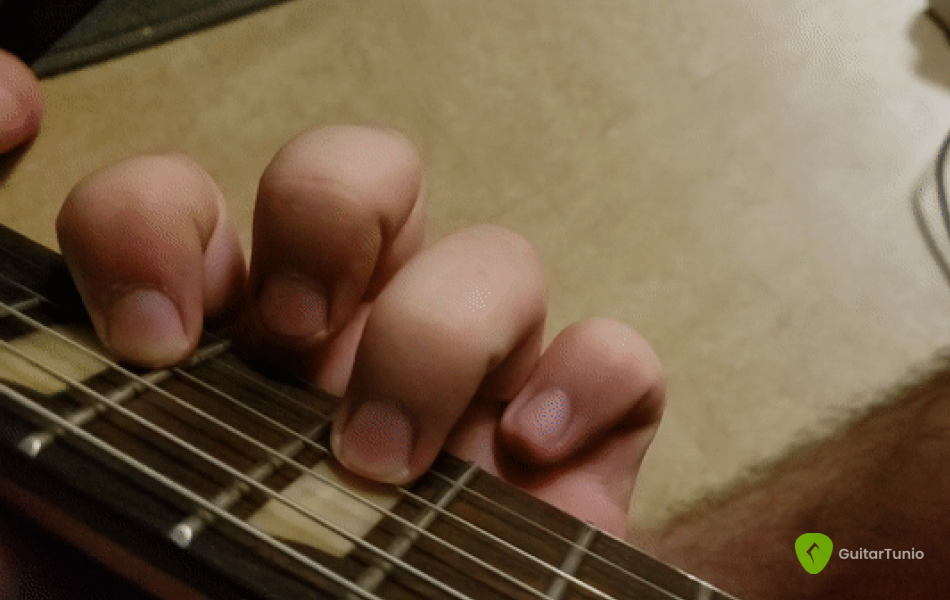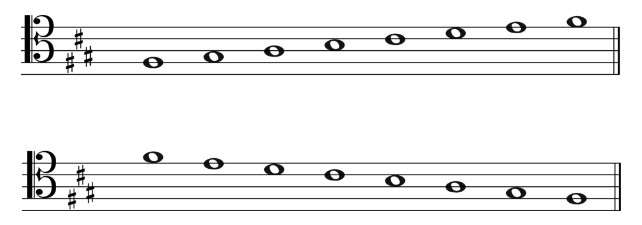Essential Guitar Techniques for Beginners
To become an excellent guitarist, first, you need to learn and master the essential guitar techniques. In this article, we will teach you 7 essential guitar techniques that every guitarist must know.
Palm Muting

Palm muting is a technique that gives you a damped or muffled sound from the guitar. It takes a cleaner performance with less harshness from ringing notes. To palm mute, simply place the base of the palm of your picking hand on the bridge of the guitar and apply gentle pressure as you pick your strings. The closer you move the picking hand to the strings the more muted the sound gets.
Fretting

Fretting is holding strings down on the fretboard to produce a different note than an “open” string. Many guitarists have formed bad habits that slow their progress. To fret correctly, your thumb should be placed behind the neck and not over it. Bend your finger with the proper arch so that your fingertip should be able to press down on a single string without touching any other string. Playing closer to the fret also lessens the potential for buzzing.
String Blending
Blending is a great way to deliver emotion through your performance. A bend is accomplished by bending a guitar string to raise its pitch. To play a bend, fret a string with your ring finger, and place your pointer and middle fingers on the frets just behind it. Exerting pressure with all 3 fingers, push the string up or down against the neck and allow its pitch to rise. You can achieve either a half-step or a full-step difference in pitch.
Hammer-on

Hammer-on is a great technique for creating fluidity in your guitar playing. A hammer-on is accomplished by playing a second note with only your fretting hand. To play a hammer-on, fret a string with your pointer finger and pluck the string. After plucking the string, forcefully fret the note a full step above this note with your ring finger, but do not pluck the string.
Guitar Technique: Pull-off

A pull-off is the analog to the hammer-on. To play a pull-off, fret a string with your ring finger and pluck the string. After plucking the string, pull your ring finger off the fretboard, keeping your index finger fretted a full step below. Pull-offs and hammer-ons can be used to increase your solo's speed because you don't need to pluck each note separately.
Vibrato
A vibrato occurs when a sustained note is allowed to pulsate in pitch. To play a vibrato, fret a string with your pointer finger and pluck the note. Allow the note to ring while jiggling your pointer finger back and forth on the fretboard. This will cause the note to pulsate regularly between being in tune and slightly sharp.
Double stop
A double stop occurs when you play two notes at the same time during a solo. Simply put, a double stop is a chord. Fret and pluck both strings as you would when playing a chord sequence.
Above is the complete guide on essential guitar techniques every beginner needs to know. Make sure you’re practicing them daily!
Don't forget to access our website, Google Play Store, and App Store to download the Guitar Tunio app, and visit our blog regularly to learn more about guitar, ukulele, and other instruments.








